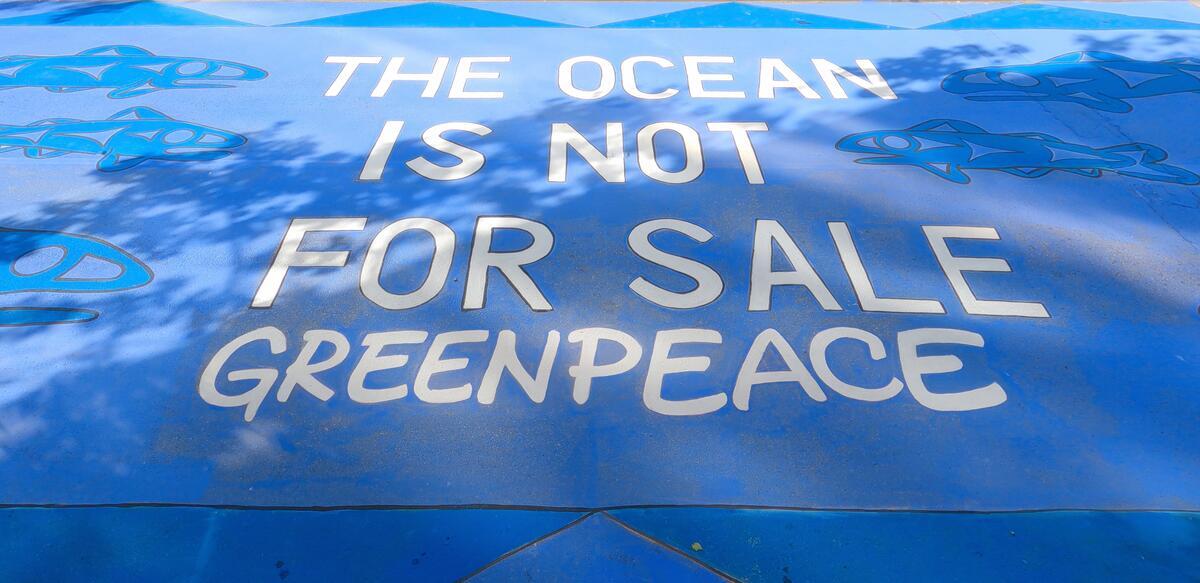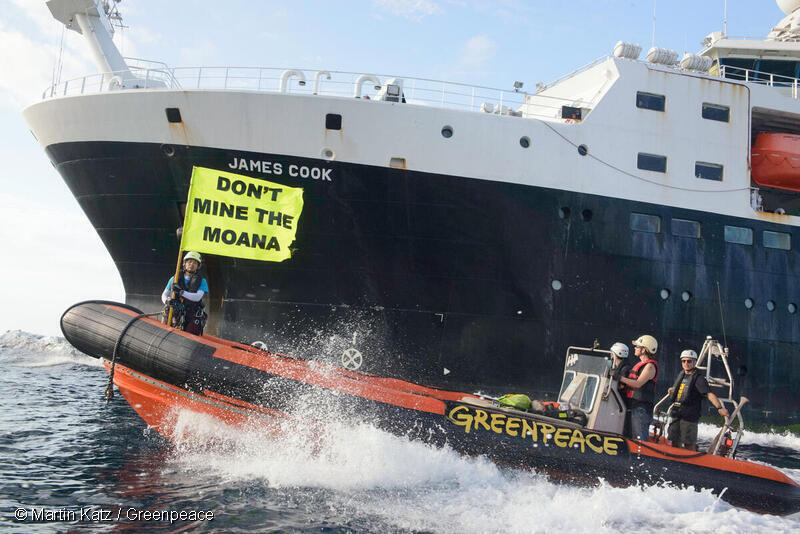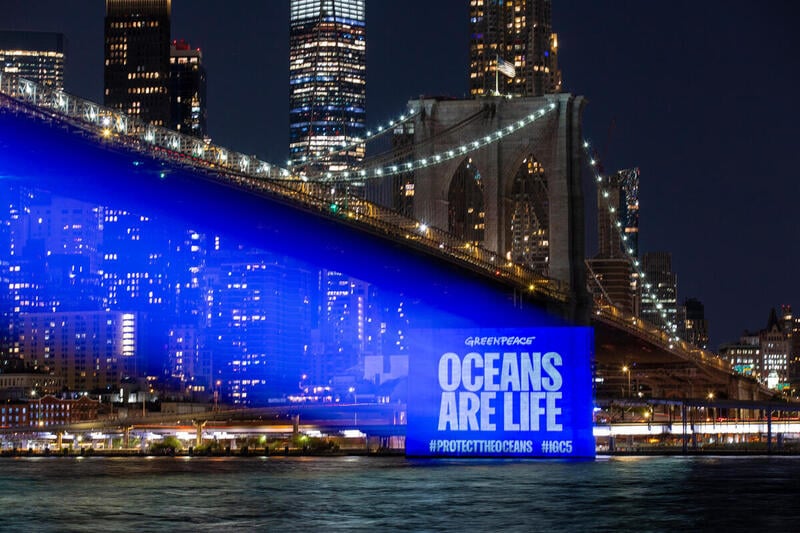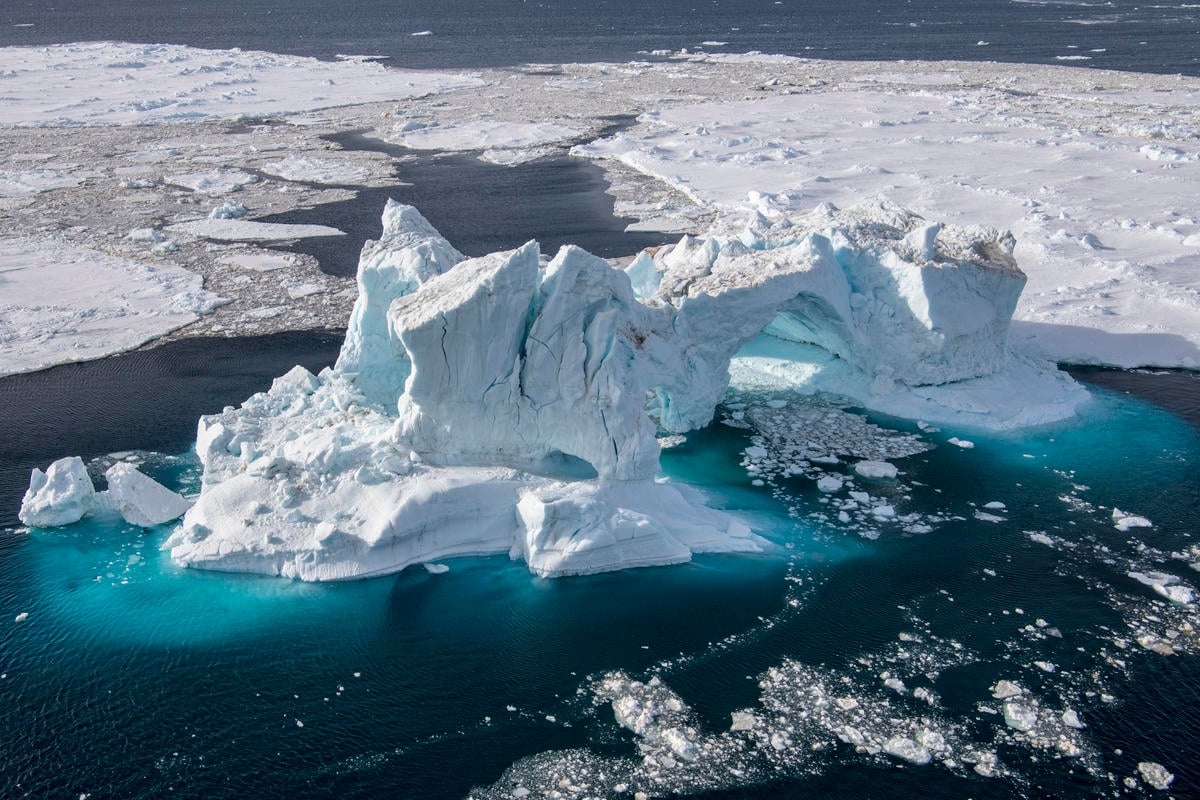
Aerial view taken off James Ross Island in the Weddell Sea, in the Antarctic (see GPS).
Greenpeace is conducting scientific research and documenting the Antarctic’s unique wildlife, to strengthen the proposal to create the largest protected area on the planet, an Antarctic Ocean Sanctuary.
2 November 2018 (Hobart, Tasmania) – Greenpeace International has slammed the Antarctic Ocean Commission (CCAMLR) for “failing its mandate” following a meeting in Hobart, Tasmania, where governments failed to agree a vast Antarctic Ocean Sanctuary, backed by 22 of 25 attending governments and almost 3 million people worldwide. [1]
Frida Bengtsson of Greenpeace’s Protect the Antarctic campaign, said:
“This was an historic opportunity to create the largest protected area on Earth in the Antarctic: safeguarding wildlife, tackling climate change and improving the health of our global oceans. Twenty-two delegations came here to negotiate in good faith but, instead, serious scientific proposals for urgent marine protection were derailed by interventions which barely engaged with the science and made a mockery of any pretence of real deliberation.
“Rather than put forward reasoned opposition on scientific grounds, some delegations, like China and Russia, instead deployed delaying tactics such as wrecking amendments and filibustering, which meant there was barely any time left for real discussion about protecting Antarctic waters. The only glimmer of hope came when the small vulnerable marine ecosystems identified by Greenpeace on our recent expedition were approved for protection.
“We’re running out of time and scientists are clear that we need to create marine sanctuaries across at least 30% of our oceans by 2030, to protect wildlife, ensure food security for billions and help to tackle climate change. In 2009 the Commission agreed a mandate to create a network of sanctuaries, but since then their diplomatic efforts seem to be more concerned with expanding fisheries than with conservation. If bodies like the Antarctic Ocean Commission continue to fail in their mandate to conserve the ocean, they’re clearly unfit for purpose and aren’t part of the solution. Instead we must look to the historic negotiations taking place at the UN towards a Global Ocean Treaty.”
Joanna Kerr, Executive Director at Greenpeace Canada, said:
“Though few Canadians will ever visit the Antarctic, it is crucial for protecting human life on a warming planet. In addition to being the home of a broad diversity of wildlife, the Antarctic is one of the world’s most important carbon stores, helping to prevent some of the worst impacts of climate change. That’s why Greenpeace Canada — along with the more than 23,000 people in Canada and almost three million people worldwide — support the creation of an Antarctic Ocean Sanctuary. We urge all countries to embrace the spirit of internationalism and ocean protection needed to safeguard our planet from climate change.”
Delegations from China, Norway and Russia all played a part in blocking the proposal., Greenpeace’s Polar Advisor Dr Laura Meller commented from the meeting in Hobart. Her statements on this can be viewed here.
In September, governments at the UN began negotiations towards a Global Ocean Treaty which would cover all oceans beyond national borders. The negotiations are the result of a decade-long process and could conclude as early as 2020. This treaty would provide the framework for the creation of a network of ocean sanctuaries across 30% of the world’s oceans by 2030, which scientists say is imperative to protect wildlife and help to tackle climate change.
-30-
Photo & Video
For images from Greenpeace International’s recent expedition to the Antarctic, see here.
Notes
[1] CCAMLR is comprised of 24 member states plus the EU. Some 2.7 million people have backed Greenpeace’s Protect the Antarctic campaign. CCAMLR is a closed meeting and the decision, which requires consensus, was made public following the end of the meeting. Further details from the meeting itself remain closed.
Greenpeace has been campaigning for the creation of a 1.8 million square kilometre Antarctic Ocean Sanctuary (Weddell Sea Marine Protected Area), an EU proposal, which would be five times the size of Germany.
Since January 2018, Greenpeace’s Protect the Antarctic campaign has:
- Undertaken a groundbreaking three-month research expedition to the Antarctic.
- Gained 2.7 million petition signatories globally.
- Discovered new vulnerable marine ecosystems on the Antarctic seafloor which will now receive local protection.
- Revealed the presence of plastic pollution and hazardous chemicals in Antarctic waters and snow
- Gained the support of nearly the entire krill fishing industry (85% of the total Antarctic catch) – the primary industry in Antarctic waters – to voluntarily restrict their fishing around key sensitive ecosystems like penguin colonies, and to back the call for a network of ocean sanctuaries in the Antarctic.
- Taken Oscar-winning actor Javier Bardem down to the Antarctic seafloor in a research submarine, as well as taking actors Alison Sudol and David Harbour, and Chinese celebrity Wang Yuheng on the Antarctic expedition, as part of Greenpeace’s 80+ roster of Antarctic Ambassadors. See media contact for comments from other Antarctic Ambassadors.
For more information, contact:
Marie-Christine Fiset, Head of Media, Greenpeace Canada, mfiset@greenpeace.org, +1 514 972-6316.
Luke Massey, Global Communications Lead – Protect the Antarctic, GPUK, [email protected], +44 (0) 7973 873 155
Greenpeace International Press Desk: [email protected], +31 (0) 20 718 2470 (available 24 hours)
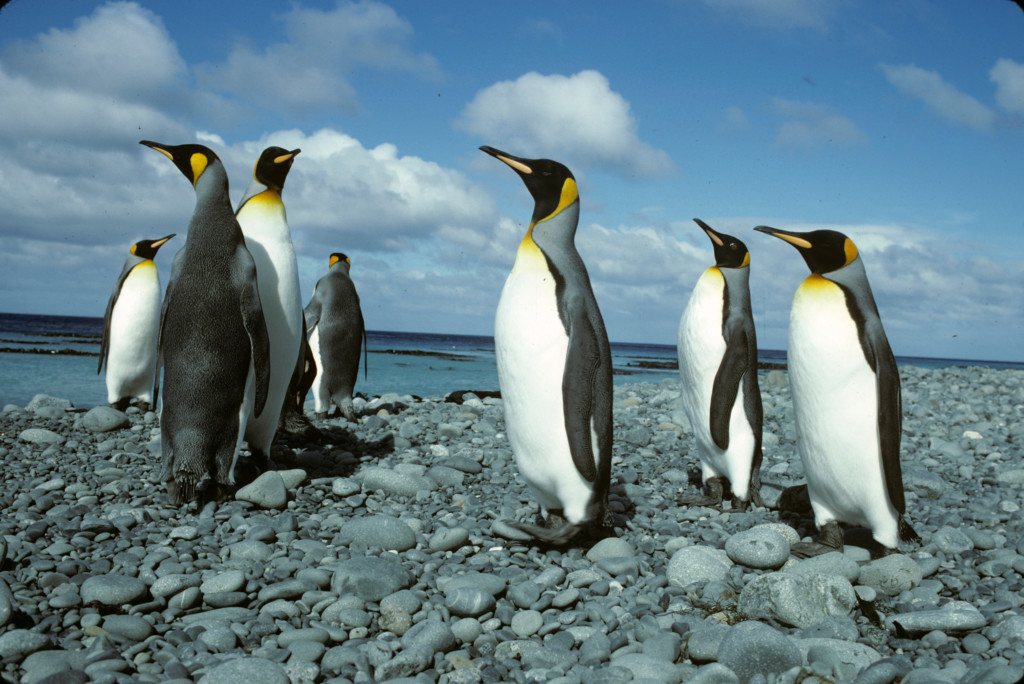
In 2018 we have the opportunity to create the largest protected area on Earth: an Antarctic Ocean Sanctuary. It would ensure a safe home for future generations of animals, and protect the waters from industrial fishing vessels, currently sucking up the tiny shrimp-like krill on which all Antarctic life relies.
Take action
